Data Update 1 for 2023: Setting the table!
Musings on Markets
JANUARY 6, 2023
By the same token, it is impossible to use a pricing metric (PE or EV to EBITDA), without a sense of the cross sectional distribution of that metric at the time. For example, I have seen it asserted that a stock that trades at less than book value is cheap or that a stock that trades at more than twenty times EBITDA is expensive.

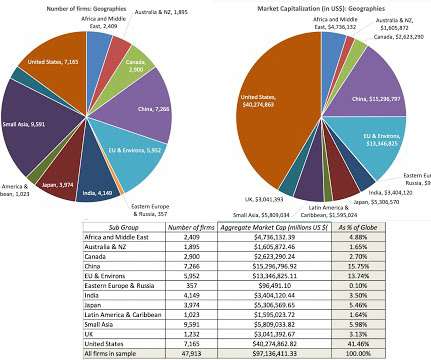
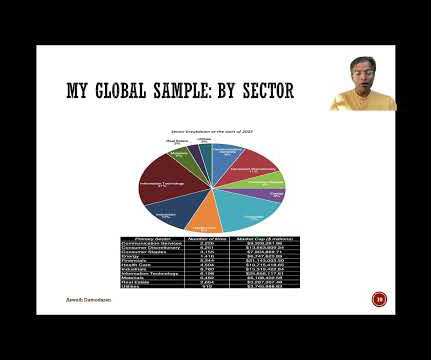
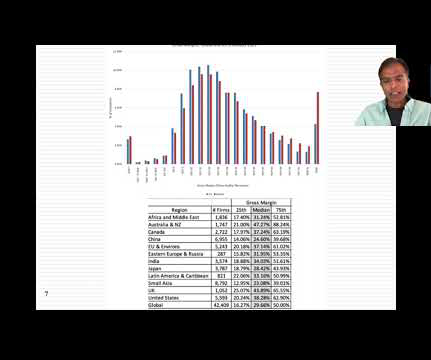
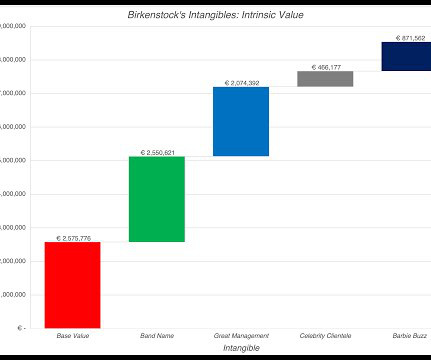
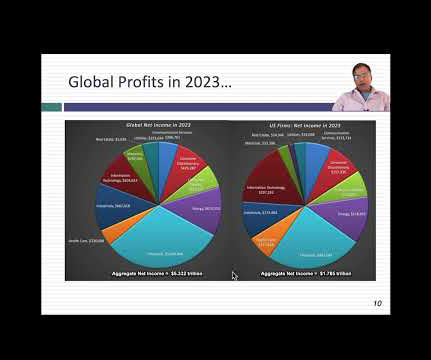
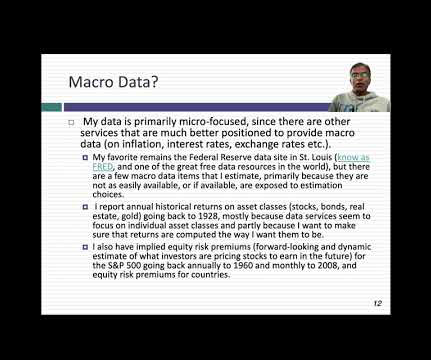



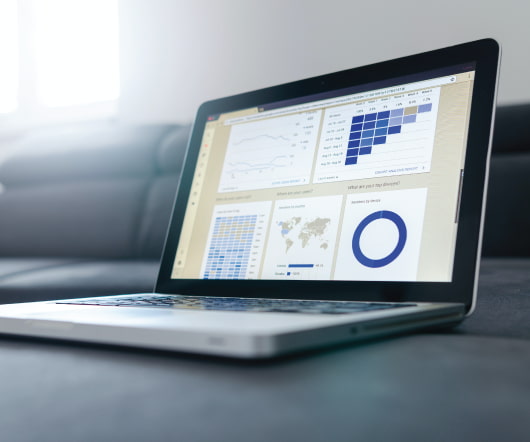
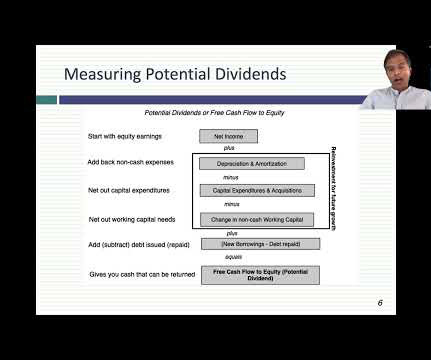
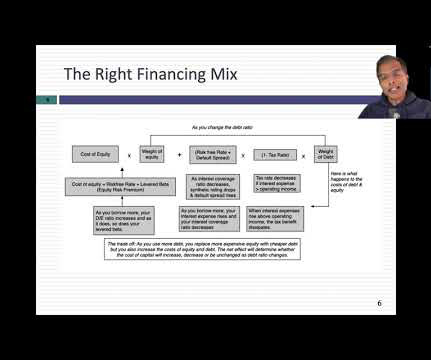
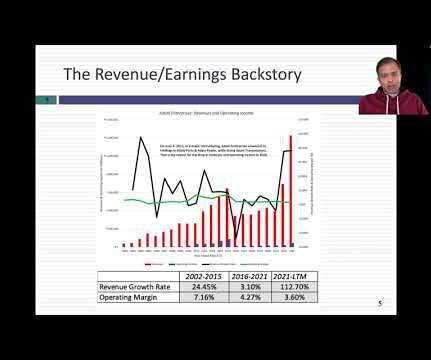
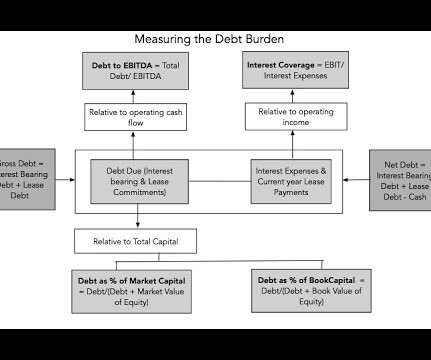
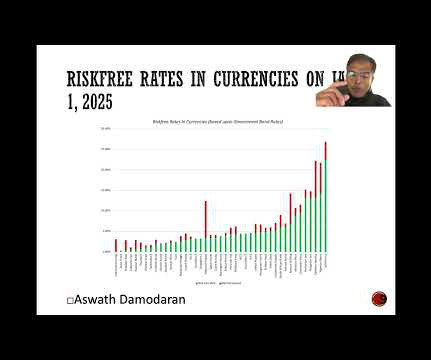






Let's personalize your content